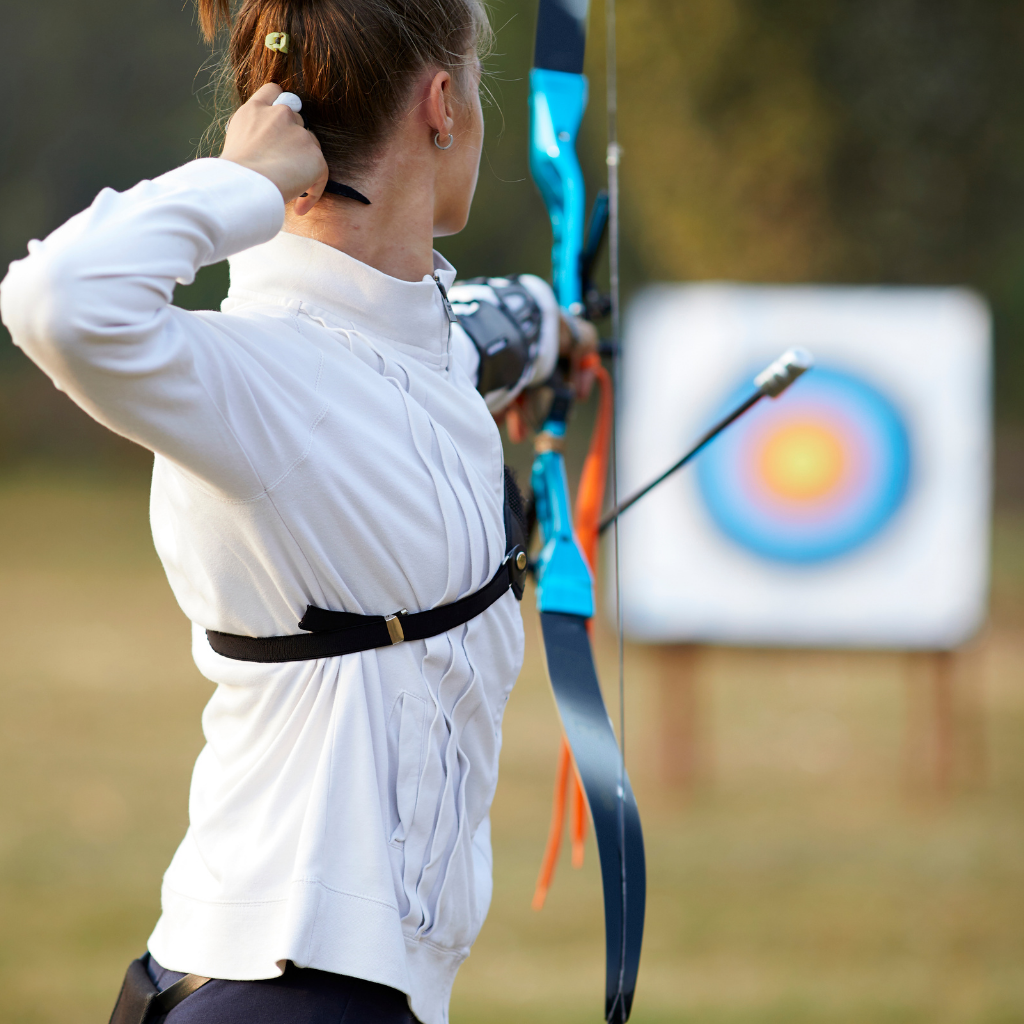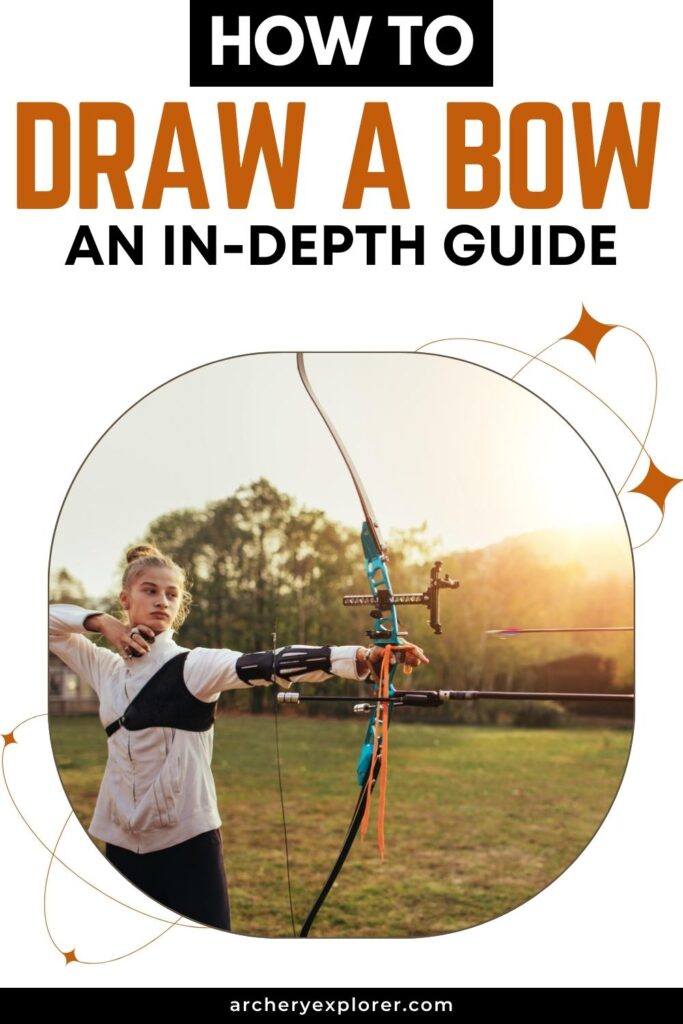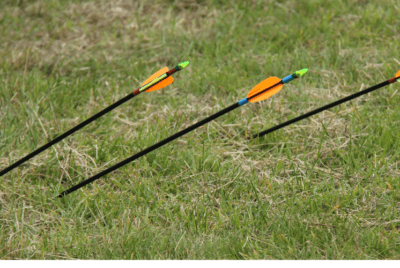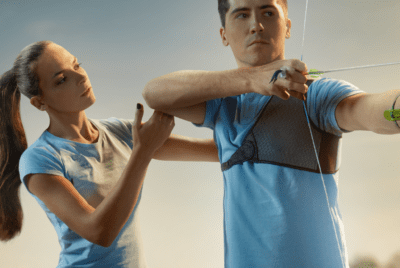How to Draw a Bow – An In-depth Guide
Introduction
I have always been captivated by the art of how to draw a bow. There’s something truly captivating about mastering the skill of archery and achieving pinpoint accuracy with each shot. Drawing a bow correctly is not just about hitting a target but also about finding a sense of focus and tranquility. In this article, I will guide you through the essential steps to draw a bow effectively, sharing helpful tips and reasons for each suggestion.
Understanding the Basics
Before we dive into the mechanics of drawing a bow, it’s essential to familiarize yourself with the basics of archery. A typical bow consists of several components, including the riser, limbs, string, and arrow rest. Different types of bows, such as recurve bows, compound bows, and longbows, each have their advantages and suitable applications. Additionally, maintaining proper posture and stance is crucial for consistent and accurate shooting.
Choosing the Right Bow
Selecting the right bow for your needs and skill level is paramount. One critical factor to consider is draw weight—the amount of force required to pull the bowstring to full draw. As a beginner, it’s advisable to start with a lower draw weight to develop proper form and prevent muscle strain. Bow length is another essential consideration, as it affects your shooting comfort and accuracy. Additionally, consider whether you’ll be using your bow for target practice, hunting, or other specific purposes.
Selecting the Right Arrows
Choosing the correct arrows is as important as selecting the right bow. The spine of an arrow determines its flexibility, and matching it to your bow’s draw weight is vital for optimal performance. Arrow length is also crucial, as arrows that are too short or too long can lead to inconsistent shots. Furthermore, selecting the appropriate arrow tips based on your intended use (field points for practice, broadheads for hunting) is essential for accuracy and safety.
Warm-Up Exercises
Just like any physical activity, archery requires proper warm-up exercises to prevent injuries and improve performance. Before you start shooting, spend a few minutes stretching your arms, shoulders, and back. This helps increase blood flow to your muscles and enhances your overall shooting experience.
The Steps to Draw a Bow
Drawing a bow correctly involves several steps, each of which plays a crucial role in your shooting accuracy. First, nock the arrow onto the bowstring securely. Then, grip the bow with a relaxed yet firm hold, ensuring your fingers are correctly positioned. Before drawing the bow, establish your pre-draw setup, ensuring your body and bow are aligned with the target. As you draw the bow, maintain a smooth and steady motion until you reach full draw. Finding a consistent anchor point is essential, as it serves as a reference for consistent aiming. Speaking of aiming, focus your gaze on the target and align your sight or arrow point accordingly. Finally, when you’re ready to release, do so smoothly and without jerking the bow.
Common Mistakes to Avoid
Drawing a bow can be a challenging task, especially for beginners. Two common mistakes to watch out for are flinching and target panic. Flinching occurs when the archer anticipates the shot, leading to inconsistent aim and release. Target panic, on the other hand, is the fear or anxiety associated with releasing the arrow, which can result in premature or delayed shots. Recognizing and overcoming these challenges is essential for consistent and accurate shooting.
Practice Tips
Becoming proficient in archery requires consistent and focused practice. Set aside regular practice sessions and stick to a schedule to build muscle memory and improve your technique. Additionally, focus on consistency rather than sheer quantity. It’s better to shoot fewer arrows with proper form than to shoot many with poor technique.
Improving Your Draw Strength
Drawing a bow requires strength and stability in your upper body and core. To improve your draw strength, consider incorporating exercises that target these muscle groups into your fitness routine. Resistance bands are an excellent tool for archery-specific conditioning exercises, helping you develop the muscles necessary for smooth and controlled draws.
Dealing with Target Anxiety
Even experienced archers can experience target anxiety, which can negatively impact shooting accuracy. To combat this, practice visualization techniques where you mentally rehearse successful shots. Additionally, focus on your breathing during shooting to maintain a relaxed and steady state of mind.
Benefits of Proper Bow Drawing
Mastering the art of drawing a bow brings several benefits beyond hitting your target consistently. Proper bow drawing enhances your overall archery experience by improving your accuracy and efficiency. Moreover, drawing a bow correctly reduces the risk of injury, as poor form can strain muscles and lead to long-term issues.

Maintaining Your Bow
To ensure your bow performs optimally and lasts for years, regular maintenance is essential. Inspect your bow for any signs of damage or wear, such as cracks, loose parts, or frayed strings. Properly store your bow when not in use, protecting it from extreme temperatures and humidity either in a bow case or a bag specifically designed for compound bows to protect them during transportation.
Safety Precautions
Archery is a safe sport when proper safety precautions are followed. Regularly inspect your arrows for any signs of damage, and discard any that show wear or cracks. Shoot only in designated and safe shooting ranges, ensuring you have a clear and safe target area.
Advancing Your Archery Skills
If you’re serious about improving your archery skills, consider seeking professional coaching. A qualified coach can provide personalized guidance, identify areas for improvement, and offer valuable tips to take your shooting to the next level. Additionally, participating in local archery competitions can be a fun and challenging way to measure your progress and meet fellow archery enthusiasts.
Conclusion
Drawing a bow is an art that requires dedication, passion, and practice. By understanding the basics of archery, choosing the right equipment, and following proper techniques, you can become a skilled archer and experience the joy of hitting your targets consistently.
Remember, archery is not just about physical prowess but also about mental focus and control. Take the time to warm up before each practice session, and don’t be discouraged by mistakes or setbacks. Learning to draw a bow effectively takes time, and each shot is an opportunity to learn and improve.
As you progress on your archery journey, celebrate your achievements, no matter how small they may seem. Every bullseye, every tight grouping, and every improvement in your technique is a step forward in your growth as an archer.
Before we conclude, let’s address some common questions that aspiring archers often have:
FAQs
1. How long does it take to become proficient at drawing a bow? Becoming proficient in archery varies from person to person. With regular practice and proper coaching, some individuals may see significant improvements in a few months, while others may take longer. Remember, consistency and dedication are key to progress.
2. Can I start archery as a hobby even if I have no prior experience? Absolutely! Archery is a sport that welcomes newcomers of all ages and backgrounds. Many archery ranges offer beginner classes, and you’ll find a supportive community of archers willing to help you get started.
3. What type of bow is best for beginners? Recurve bows are often recommended for beginners due to their simplicity and versatility. They are great for learning proper shooting form and technique, making them an excellent choice for new archers.
4. Are there any age restrictions for practicing archery? Most archery ranges welcome participants of all ages, but it’s always a good idea to check with the specific range or club for any age-related restrictions or requirements.
5. Is archery a dangerous sport? When practiced safely and responsibly, archery is considered a relatively safe sport. Following proper safety guidelines and using the correct equipment significantly reduces the risk of accidents.
In conclusion, drawing a bow is a skill that offers both physical and mental benefits. It allows you to connect with an ancient art form, find focus and discipline, and experience the satisfaction of hitting your targets with precision.
Embrace the journey of learning and improving as an archer. Each arrow you release is a chance to grow, both as an athlete and as an individual. Whether you shoot for recreation, competition, or hunting, the art of drawing a bow will undoubtedly enrich your life and bring you closer to the captivating world of archery. Happy shooting!





